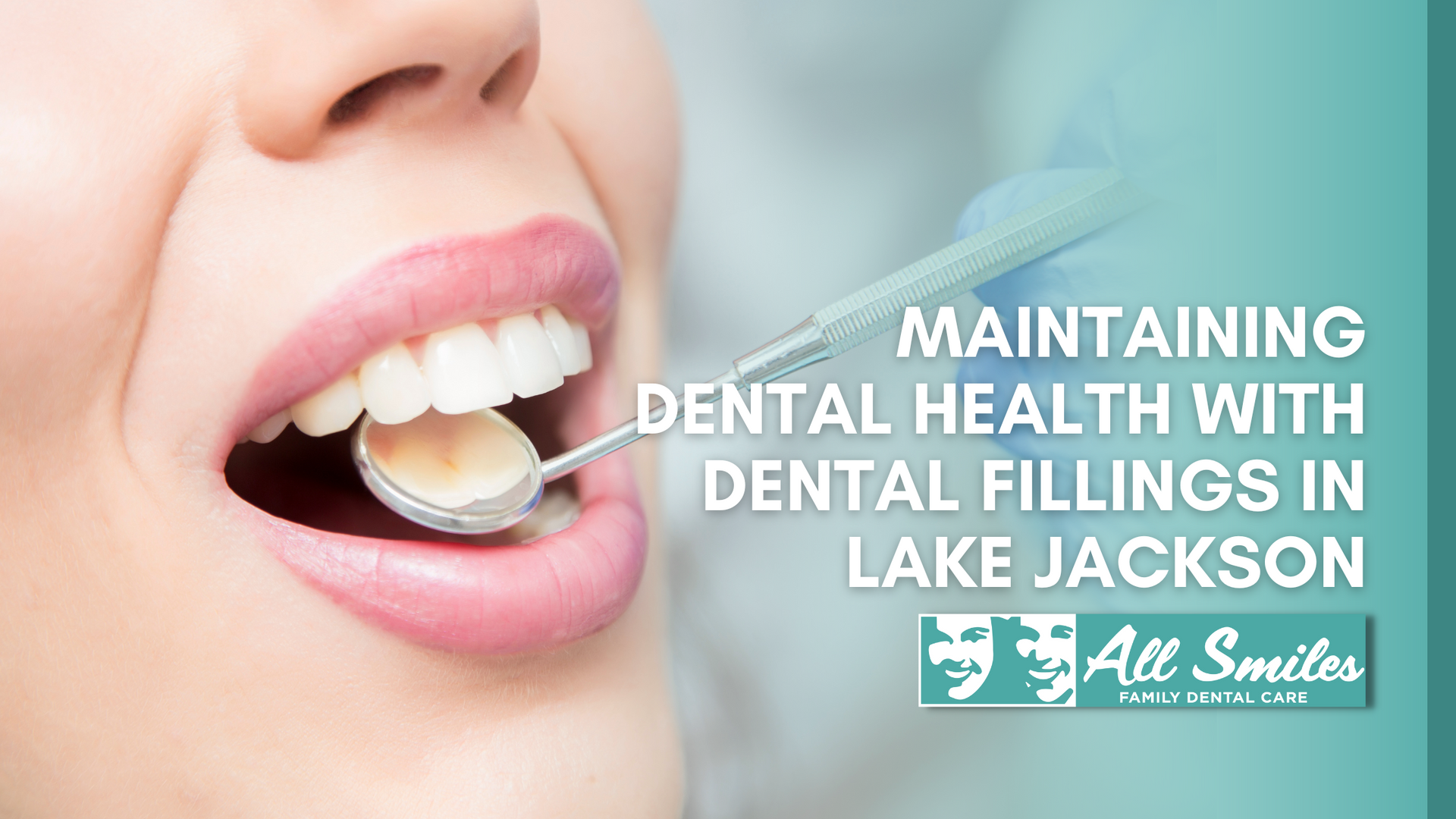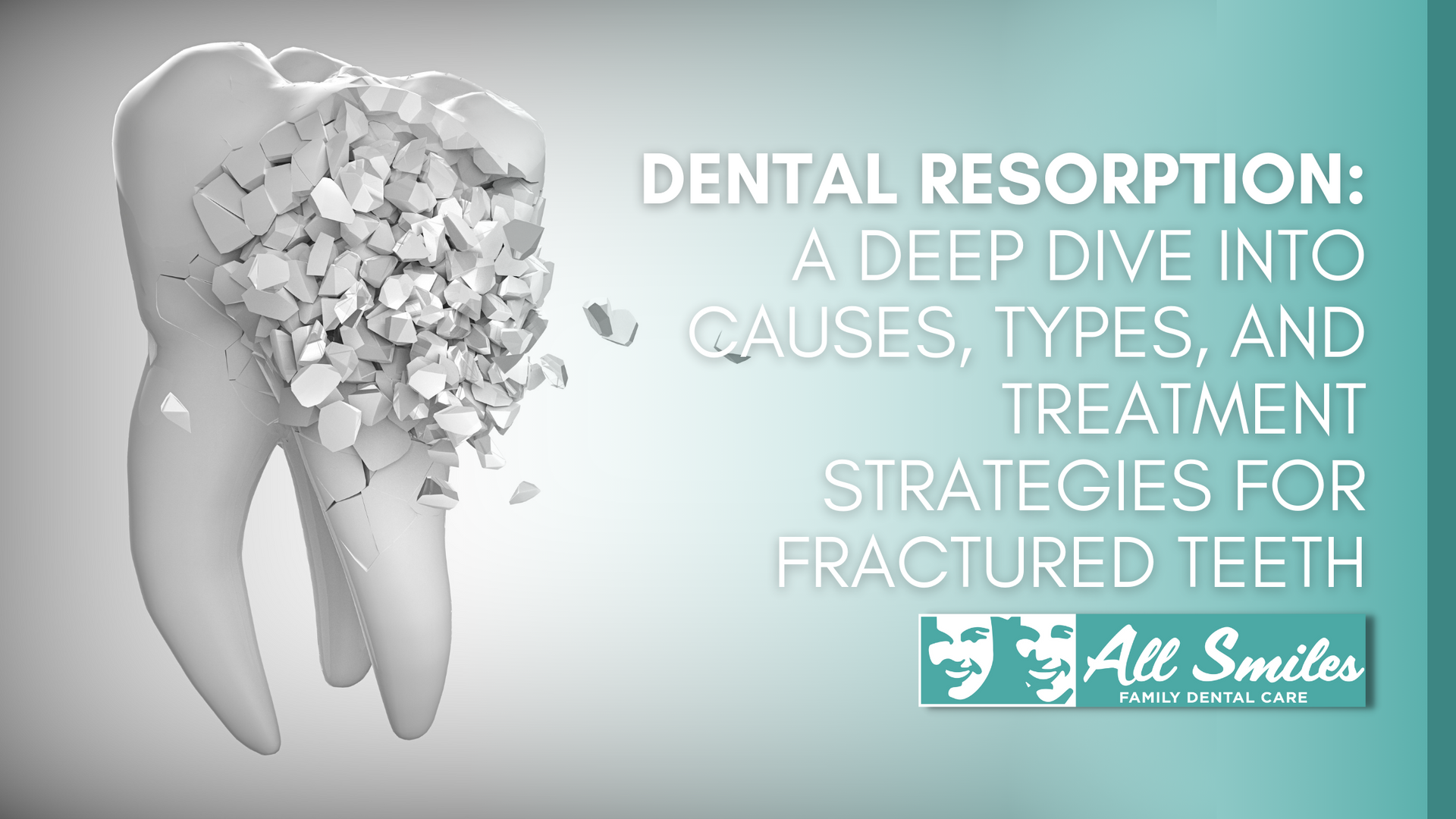Do Dental X-rays Show Periodontal Issues?
When you head to the dentist’s office for your biannual checkup, you might worry that your dental practitioner will discover a cavity. However, your regular dental exam includes screenings of other vital areas of your oral health, your gums being one of them. The gum issue known as periodontal disease
is the primary source of tooth decay and eventual tooth loss among adults ages 18 and over in the U.S., which is why it is imperative that they are examined.
Progression of Periodontal Disease
Microbes in your mouth shape a sticky film on your teeth called plaque. Inability to remove this plaque with regular brushing and flossing enables plaque to solidify into tartar. Tartar development disturbs and causes inflammation in your gums, prompting swelling. This first phase of periodontal infection is gingivitis. Untreated gingivitis advances to periodontitis.
Bacteria can hide in pockets between your gums and teeth. As the pockets extend, more tartar, plaque, and germs gather underneath the gums, prompting the loss of bone and connective tissue around your teeth. Without the bone and stable tendons to hold your teeth in their sockets, they become loose and may fall out.
The Use of X-Rays in Evaluation
While surveying your periodontal health in a regular appointment, your dental practitioner checks the health of your gums and search for loss of gum tissue. They also look for the receding of the gums, especially to the point where the base of the teeth is visible. They also check for zones or pockets of substantial plaque or tartar and measure the values of each of these around every tooth.
Using X-Rays to Treat Gum Disease
Your dental specialist utilizes x-rays to find the causes of periodontal disease as well as to decide the best route for treatment.
Periodontal Maintenance and X-Rays
After any periodontal procedure, your dental specialist works with you on a support plan by having regularly scheduled appointments to follow up with your gum disease. The x-rays you undergo before your surgery show your dentist your dental habits and become the standard for all future x-rays. X-rays also give your dentist an easy way to see infections, bone exposure, and pockets of plaque to keep treating your periodontal disease.
Here at All Smiles Dentistry , a dental office in Lake Jackson, Texas, we provide the resources and trained staff you need to be periodontal disease free. Worried you may have periodontal disease or want to learn more about what to expect during a periodontal x-ray? Discover more about our periodontal treatment options on our website, or make an appointment online to get the process started.
Featured Image By: Getty Images / Harbucks
The post Do Dental X-rays Show Periodontal Issues? first appeared on All Smiles Dentistry.


We are the local Lake Jackson dentist near you!
We keep our patients smiling
Request Your Next Dental Appointment
We look forward to seeing you soon!
Please note, we will try our best to accommodate your schedule.
Thank you so much for contacting our dental practice. While we strive to respond to all inquiries right away, we may be away from the desk helping a patient or out of the office. We will do our best to reach back to you shortly.
Please note, if this is a dental emergency, it would be best to call our practice as this is the fastest way to reach us (979) 297-1128.
Please try again later
Lake Jackson Dentist
We understand that trying to find a nearby dentist you can trust is difficult, that is why we make it easy for you to work with us.
(979) 297-1128
205 Parking Way
allsmileslj@sbcglobal.net
Helpful Links
Dental Practice Hours
- Monday
- -
- Tuesday
- -
- Wednesday
- -
- Thursday
- -
- Friday
- -
- Saturday
- Closed
- Sunday
- Closed
All Rights Reserved | All Smiles Dentistry
All Rights Reserved | All Smiles Dentistry
Dentist Website Diagnosed, Treated, and Cured by Dr. Marketing Inc

